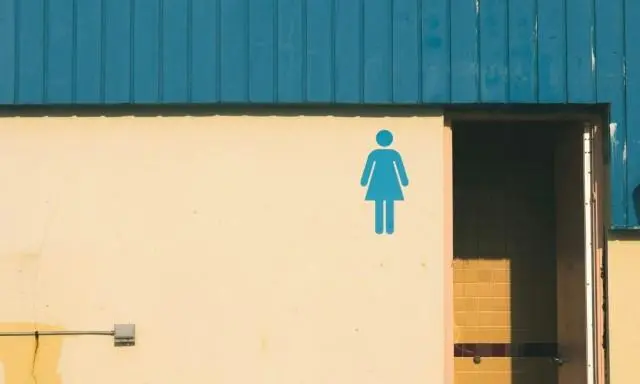
Are public toilets in Manila safe, convenient, accessible, and menstruation-friendly?
The study, “Exploring the availability and accessibility of menstrual friendly public toilets (MFPTs) in urban spaces: A global multi-city audit study” analyzed public toilet facilities around the world to determine if they meet the needs of women, adolescents, and others who menstruate.
The study said that those who menstruate “have relatively inadequate access to safely managed and appropriately equipped public toilets.”
“This not only limits their participation in the public space overall and in public activities, but also puts them at an increased risk of negative physical, mental, and other psychosocial consequences,” it said.
“The latter includes sanitation-related stressors such as fear, stress, and anxiety, and increased vulnerability to gender-based violence,” the study said.
For these reasons, it is critical for women to have safe, convenient, and properly resourced public toilets to care for their for their menstrual health and hygiene (MHH).
The study defined MFPTs as "accessible, safe, and clean public toilets that provide those who menstruate the space and resources to navigate cities with dignity and comfort."
“The female friendly toilet design emphasizes supportive design components such as door latches, accessible water, shelves, culturally appropriate disposal bins, and light sources," it said.
“We define MFPT to include a range of characteristics related to accessibility, structure and function of toilets and sinks, resources, and cleanliness for public toilets in cities. While most of these features are essential for public toilets for all populations, these components support the needs for safe and hygienic menstrual management,” it added.
Is Manila menstruation-friendly?
The study was done in six cities around the world namely Barcelona, Kampala, Manila, New York City, Osaka, Rio de Janeiro.
Excluding toilets in shopping malls and restaurants, researchers did an audit of stand-alone toilets in parks, streets, and institutions such as museums and transportation hubs and categorized them as business areas, residential/park/plaza areas, transit hub areas, and tourist areas.
They analyzed the accessibility, structural privacy and safety, structure, availability of resources, cleanliness, and looked at the availability of MHH resources in public toilets.
In terms of the number of facilities, Manila, along with Osaka have approximately 18 toilet facilities per square kilometer, the highest rate among the six cities studied.
Manila also has the most number of toilets with no permission needed for use, i.e. there are no security personnel guarding the toilets, and among the six cities, it ranked the highest in terms of cleanliness.
But it's not all good news. According to the study, Manila has a low number of toilets with functional stall doors and locks. It also ranked low in providing general resources like soap, hand dryers, and towels.
Another low point: Manila scored low for having menstrual health resources like proper disposal bins, menstrual products, working machines for the products, and full-length mirrors.
The study said that in a city like Manila, with its rapid population growth and increased tourism, the lack of safe, accessible, and clean public toilets remains a challenge.
It added that there is gender inequality around access to public toilets.
“Rapid urbanization in under-resourced or low-income regions typically produce and exacerbate gender inequality around access to public toilets due to overstretched local government systems and agencies related to urban planning and provisions of sanitation,” the study said.
The study acknowledged the significant financial barriers in providing public toilets, as well as the costs of cleaning and maintaining these are high.
Read the study. — LA, GMA Integrated News
